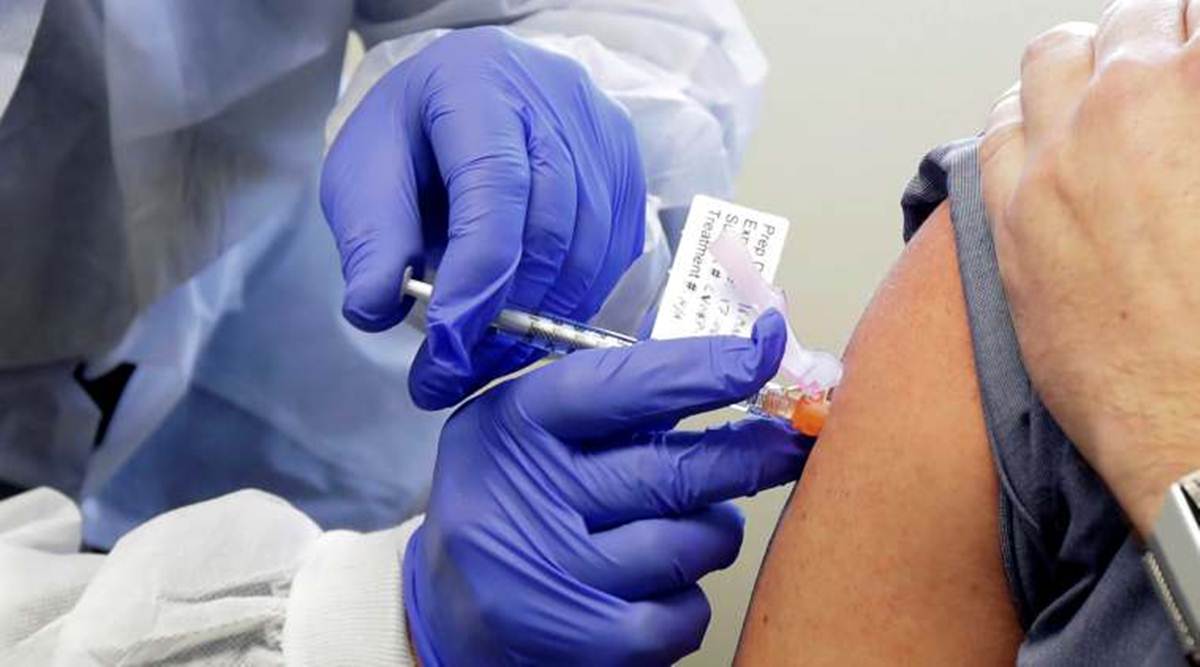 Researchers should take enough time to ensure the vaccine's safety. (Photo for representation)
Researchers should take enough time to ensure the vaccine's safety. (Photo for representation)Written by Palash Ghosh
We want a vaccine to conquer COVID-19. However, developing a vaccine is not an easy job. No well-known vaccine was developed in less than five years. The Ebola vaccine was developed in about five years if we ignore the related research prior to it. An overly rapid development of a vaccine inevitably overlooks its potential adverse or side-effects. An unsafe vaccine means we might have to take on both the disease and the vaccine. The side-effects can be as or more harmful than the virus.
To understand the potential impact of side-effects from a drug or a vaccine, we need to go back to the early 1960s, to the thalidomide tragedy. In 1961, Australian physician William McBride published a letter in The Lancet, citing the connection between congenital malformations in newborn infants and thalidomide, which had been well marketed both as a prescription and as an over-the-counter (OTC) drug. Around 6,000-12,000 children were born with severe congenital malformations as a result of maternal use of thalidomide, a majority of them in Germany. The manufacturer Chemie Grünenthal withdrew thalidomide from the market. In this case, the symptoms were visible — otherwise, it could have been a disaster of a much larger magnitude.

In 1955, Cutter Laboratories was one of the companies that was given a licence by the US government to produce Jonas Salk’s polio vaccine. The company had already manufactured a massive amount of vaccines to meet future demand. However, around 1,20,000 doses of the vaccine contained the live polio-virus instead of the inactivated virus vaccine. It caused about 40,000 children to develop abortive poliomyelitis, 56 developed paralytic poliomyelitis, and five children died from polio among the children who were given the vaccine. Some communities experienced a polio epidemic. Cutter had to withdraw the vaccine from the market. Many high-profile people, directly or indirectly related to the incident, lost their jobs — the Director of the National Institutes of Health (NIH) in the US had to resign.
It’s now pretty well-known that a clinical trial has three phases. Less well-known is the Phase-IV — pharmacovigilance — of a clinical trial. In this phase, drugs/vaccines are monitored for possible adverse-effects for many years to come after the drugs are available in the market. There are examples of drugs that had to withdraw from the market due to severe side-effects detected in the phase-IV surveillance. In general, lesser the duration and participants in phases I to III, higher the chances of adverse-effects from the drug at later stages.
The COVID-19 vaccine will not be a typical vaccine that targets a small section of the population, say children up to the age of five. The panic due to the pandemic will force everyone to get administered even if they find it costly. We know that almost all the drugs/vaccines have some adverse-effects,from mild to severe. These adverse-effects may be directly from the vaccine or due to its interaction with other drugs that a person is already taking. Note that researchers may not have checked or observed how the vaccine will react in a diabetic or anaemic patient due to the clinical trial’s short span.
There are almost eight crore diabetic people in India. About 51 per cent of Indian women aged 15-49 are anaemic. Some adverse-effects may occur after more than a year. A vaccine that is going to be developed in six to eight months may not be able to detect/address those adverse-effects. Even if 0.01 percent of the people who are vaccinated develop an adverse-effect that could be deadly – in India, this could mean a population of one lakhs. Since it is only possible to conduct a phase-III clinical trial on several thousands of people and over a large period, we do not know how the vaccine will affect a much larger population. For example, the vaccine tested in the Russian population may not work very well for the Indian population due to genetic variations in the human bodies and the type and characteristic of the coronavirus.
If a country produces a safe and effective vaccine, it will be at the centrestage of world pharma research. However, a harmful vaccine could discredit that country’s pharma sector. Researchers should take enough time to ensure the vaccine’s safety. They should enroll a wide variety of volunteers from different segments of society from different parts of the world. All the trial participants should be closely monitored over a long time to detect any possible adverse effects. To know the interaction effect of the COVID-19 vaccine with existing drugs, separate trials with targeted groups with different existing conditions could be initiated after the promising Phase-III trial. We need to ascertain the safety of children, pregnant woman and elderly with existing diseases. We want an effective vaccine which is also safe.
The writer is assistant professor, IIT Guwahati.